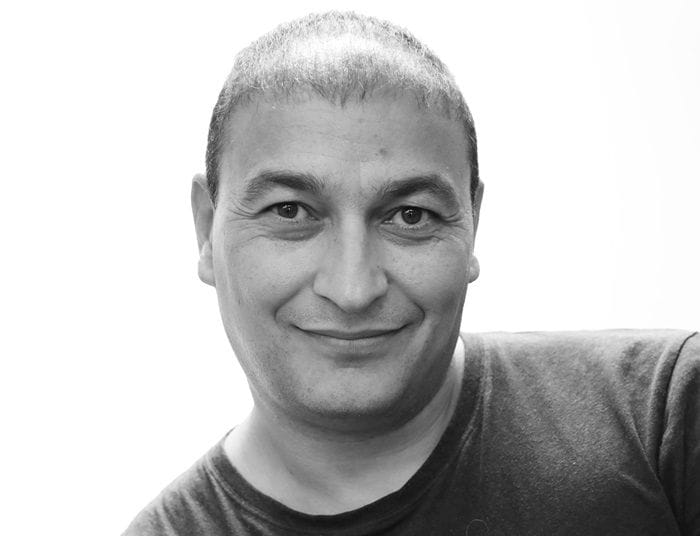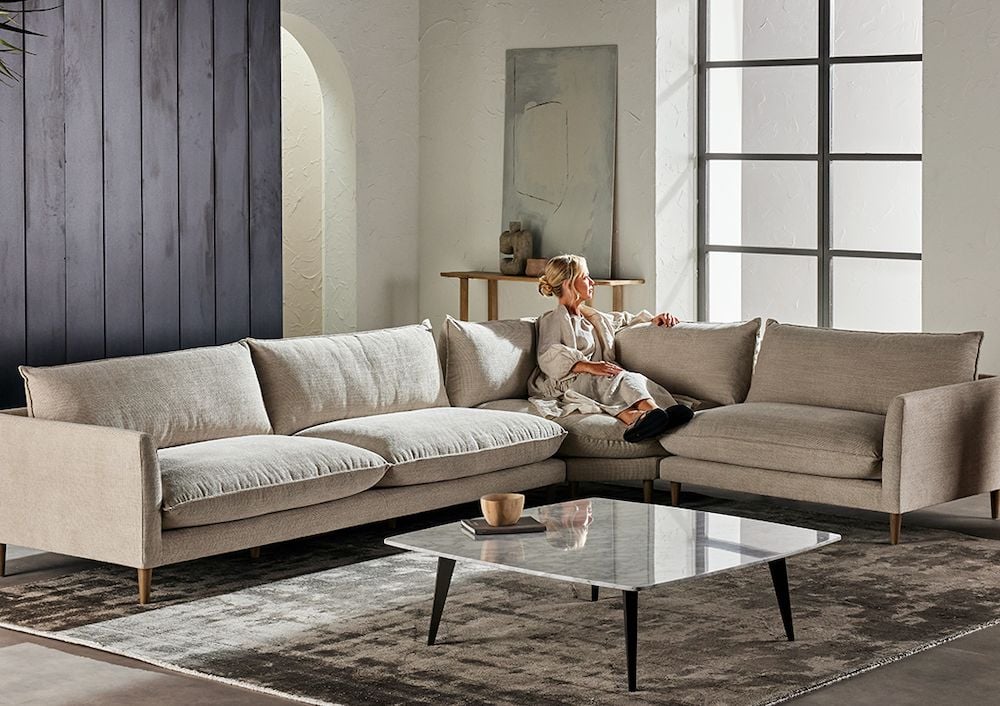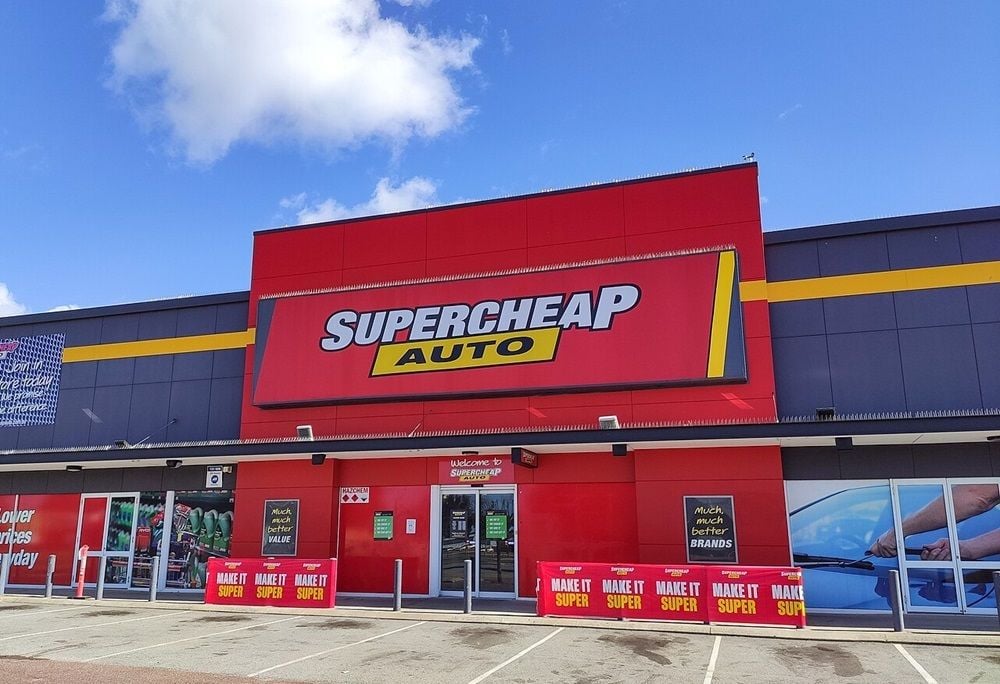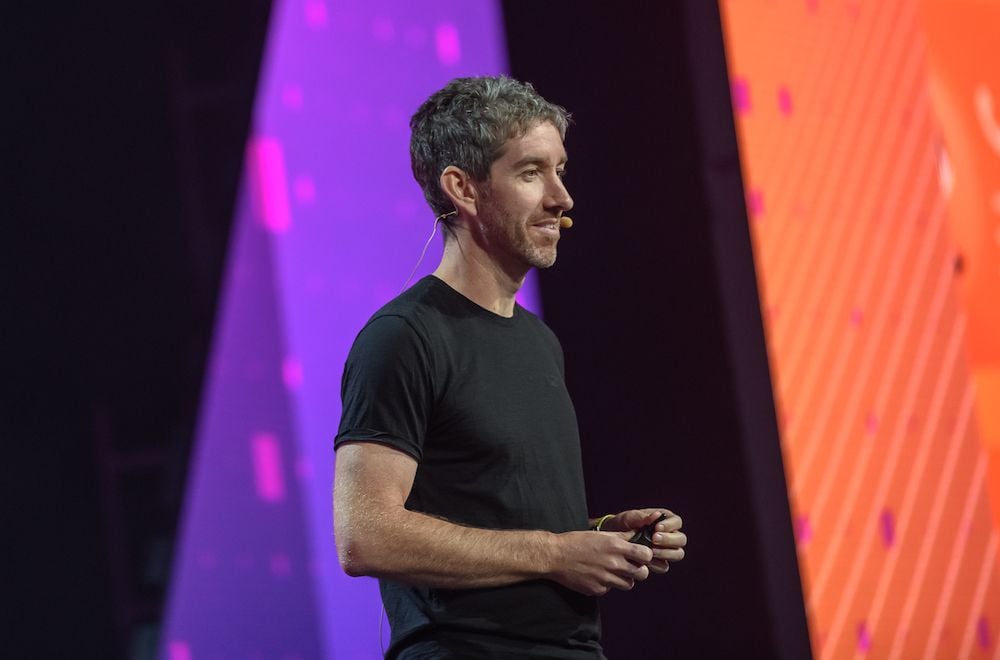"If we could pinpoint one problem with dentistry, it’s needles. It brings a lot of reactions of fear and makes some people dismiss going to the dentist altogether," says Dentroid co-founder and CEO Dr Omar Zuaiter.
The co-founder of Canberra-based Dentroid is hopeful the medical technology company's LED light-based handheld device Nuralyte for numbing oral pain receptors could be commercialised within 18 months in a best-case scenario, with its largest trial to date underway with Griffith University.
Dr Omar Zuaiter tells Business News Australia the research into finding an alternative to needles for dentistry began in 2015 following a chat with his friend and co-founder-to-be Alaa Habeb.
"I’m a dentist. I migrated to Australia 10 years ago from Jordan and did a Masters at ANU, and I was then advising some embassies on some of their scholarship programs, especially in medicine and dentistry," Zuaiter recalls.
"Alaa asked me why I was focusing my practice of dentistry more on advisory and consultancy, and I told him that it's a great profession, but it's still very difficult for patients and practitioners with lots of technology barriers. I think it needs a complete overhaul."
Habeb - a Syrian who had arrived in Australia a couple of years earlier - asked Zuaiter what an overhaul might look like. Zuaiter casually mentioned that in medicine it was so much more common to find keyhole surgery technology and robotics development, but "we don't have any".
"Then to my surprise, he said 'Why don't we do it?' I dismissed him as a totally crazy guy, but then like all engineers do, he did some IP (intellectual property) research and found that actually, nobody was doing anything," he says.
"We decided just to have a look, and a few weeks later we thought there were some merits of doing intra-oral - inside the mouth - robotics, hands-free dentistry, and it could take away lots of the pain involved.
"This started in late 2015. Then we proceeded to apply for a patent and started the work," he says, clarifying both co-founders are also co-inventors of the technology.

After a couple of years and research and patenting efforts, in 2017 the pair finally felt ready to start pitching, and did so to the public-private initiative Canberra Innovation Network.
"They chose us out of 125 teams – there were four chosen teams and we were lucky enough to be among them. They gave us six months of free training and incubation, and we took off after that," Zuaiter says.
The co-founder explains one of the most critical moments for the growth of Dentroid, formerly known as Emudent before a name change to give it greater international appeal, was getting "hardened and really sophisticated investors" on board in 2018 after developing an early prototype.
And this is not just "sophisticated" as a euphemism for having money. Zuaiter says the company's "strongest backer and visionary" invested is Mike Gregg, who was one of the first outside investors in logistics technology group WiseTech Global (ASX: WTC), now an ASX-listed group worth $24.5 billion.
"We have also Dr David Penn. He was the first dentist to join us as an investor; he was a visionary back then and instrumental in crystallising our concepts.
"We then have also Techboard's Angel of the Year for 2022 Tim Hirst, who has been our first and most influential mentor, and the first visionary guy who thought the concept was worth a go."
The CEO estimates total investments to date of $3 million, which is "not too bad considering the magnitude of what we’re doing" within a "super cash efficient" operating model; an approach which may have delayed progress somewhat, in addition to the challenges thrown up by COVID-19.
In July, Dentroid started a pilot trial of the first version of Nuralyte at Griffith University, conducted by Dr Sachin Kulkarani, with findings leading to two more reiterations and further pilots.
"Nuralyte is the brainchild of our chief dental officer Professor Laurence 'Laurie' Walsh, who has more than four decades of experience in laser dentistry and one of the world's leading authorities in this subject," he says.
"We are now expanding the trials in breadth and depth to make a good case. We need to satisfy ourselves that this is really bringing value to the patient, that it is safe and effective, and then we need to satisfy the regulators."
The Griffith University trial is currently being trialled on cells under the supervision of Professor Roy George.
PhD candidate Simone Sleep from Griffith’s School of Medicine and Dentistry says the Nuralyte has the potential to revolutionise the dental industry by removing a lot of fear around dental visits.
"I see so many people who avoid a trip to the dentist because of either a fear of needles, pain or just seeing the dentist in general," she says.
"But Nuralyte is a small device, similar to an electric toothbrush but instead of a brush, the end comprising of a series of photonic emitters with specific wavelengths that can go through the tooth structure and bone, blocking the nerve conduction in the same way a needle and local anaesthetic would do."
Professor George says the company's alternative forms of analgesia are an important innovation that could address discomfort associated with many dental procedures that need the numbing of a tooth or tissues with a needle.
“This non-invasive needle-free procedure is important for the management of patients with anxiety, children or patients that are intellectually disabled," he says.
Walsh says the device is ideal for commonplace simple dental procedures.
“One burst of light from the Nuralyte could provide 15 – 20 minutes of pain relief so it is ideal for procedures such as a scale and clean, and fillings,” he says.
“Even when a needle is still required, patients who are needle-phobic could also find the Nuralyte beneficial as it can provide instant numbness prior to a dentist administering a needle in the mouth, which can potentially remove a lot of fear from the process.”
Zuaiter notes that since the research began in 2015 the team has learned a lot about how lights and lasers can work in dentistry, and how they could offer many solutions for enduring problems.
"We noticed also that the incumbent companies and their product developers in dentistry do not pay much attention to that; most of the offerings in dentistry are just offshoots of military laser companies or medical grade laser companies, but nobody is looking in that depth in dentistry," he says.
"The dental issue is a mix of living (organic) and dead tissue – your outermost layer is a non-living (inorganic) tissue, however, the inner layers of the tooth are very much alive. And so you have to find a solution that works on both tissues, which are very different.
"The lights do this really well if properly crafted and very carefully deployed."
While Nuralyte is the core focus at the moment, Dentroid is also exploring a laser-based solution to replace dental drills via a small intra-oral robotic attachment - "a very complicated device in terms of development".
"Nuralyte by contrast is a handheld small device that uses LEDs, not lasers. It's not that complicated, and the good news is that it does not generate heat," he says.
"One other advantage of the device is that even if you're using local anaesthesia, Nuralyte can be used to reverse it and get rid of all those unpleasant sensations like swollen lips, or some people would unknowingly bite their lips and come back to the dentist with white ulcers because they were numb and bit themselves.
"It happened to me in college and I didn't pay attention. I bit my lip so severely that I suffered really painful ulcers after a dental appointment."
As is so often the case, personal experience informs innovation, and in this instance, Zuaiter says the company is now employing - both directly and indirectly - 25 people on the project.
"We work with collaborators from several universities, including the ANU and Griffith University," he says.
"We have also researchers from the University of Sydney and the University of Queensland working with us, and we have a few overseas collaborators with us as well.
"We hope that within 18 months, it could be, as a best-case scenario, in the market," he says, hopefully not biting his lip.
Get our daily business news
Sign up to our free email news updates.

)
)
)
)
)
)

